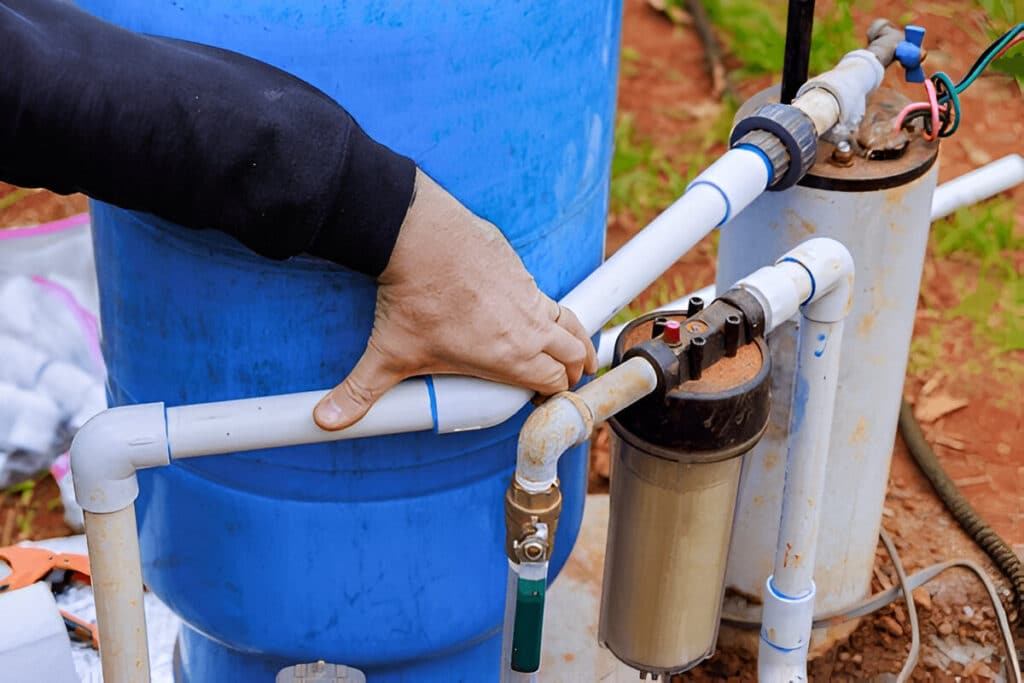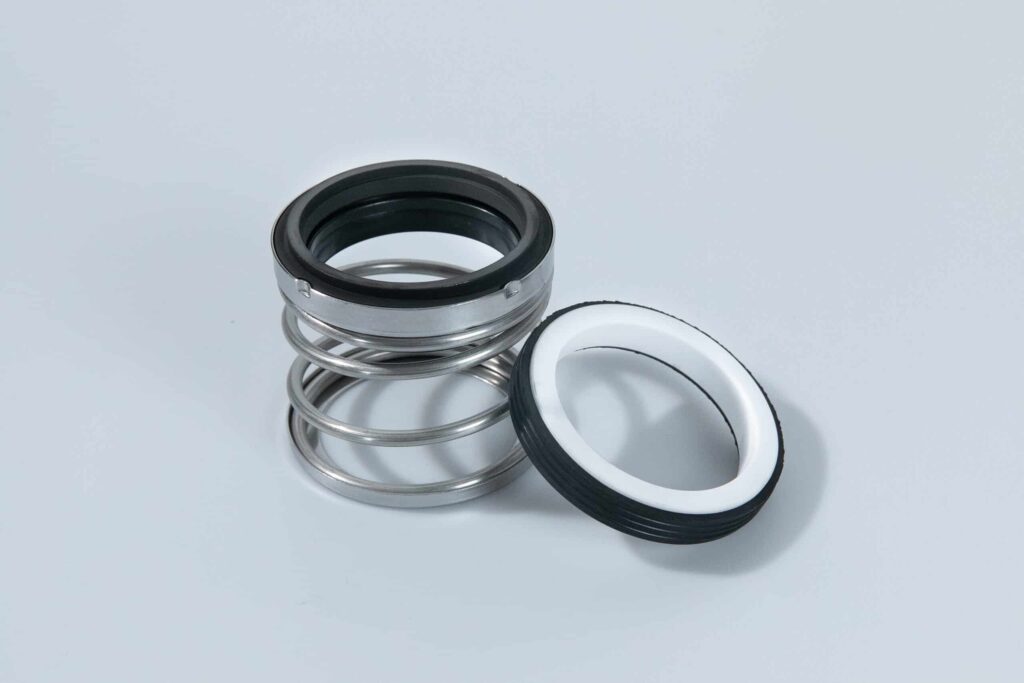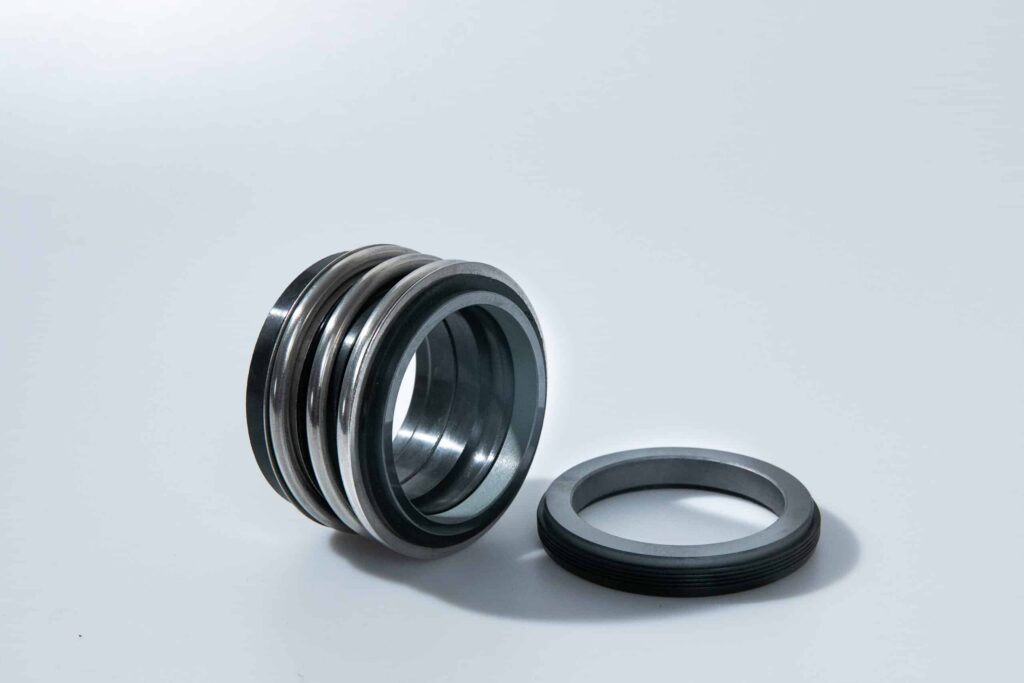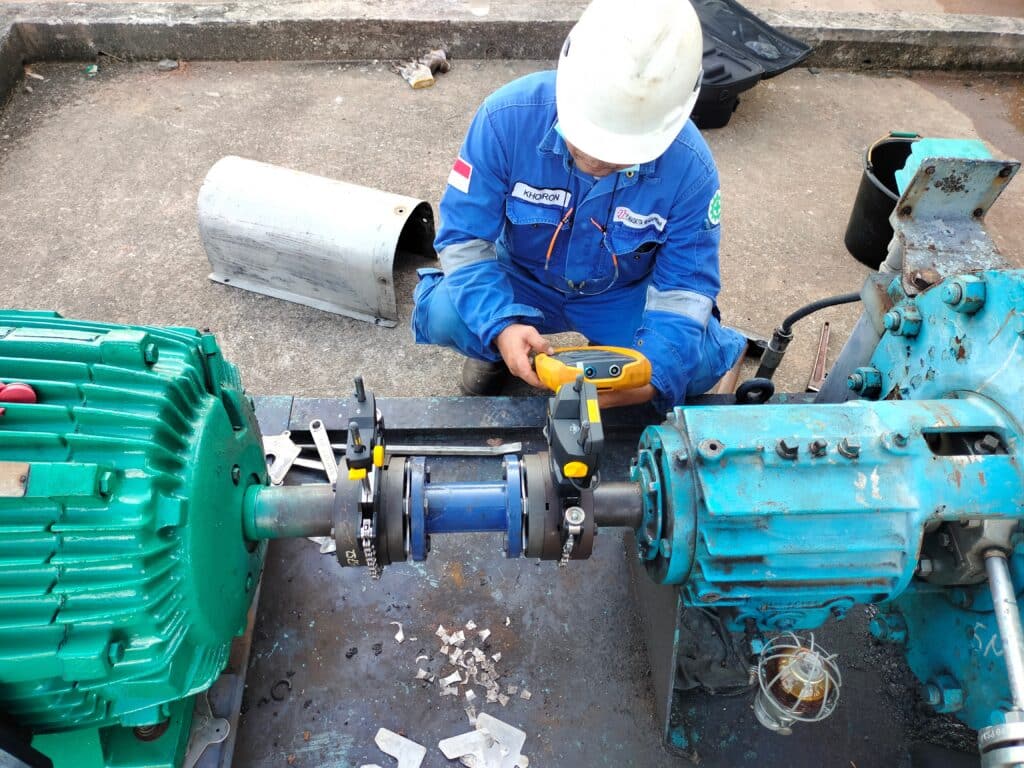A well pump is a vital component of a water well system, responsible for delivering water from the well to your home. When your well pump fails to start, it can disrupt your water supply, leading to inconvenience.
This article provides guidance on how to manually prime your well pump, troubleshoot common issues, and identify potential solutions.

Priming Your Well Pump: Step-by-Step Guide
Priming a well pump is often necessary when the pump has lost its prime, meaning it’s no longer full of water. This can happen after maintenance, a power outage, or if the well water level is very low. The specific steps for priming vary slightly depending on the type of pump you have. Here’s a general guide, followed by specific instructions for common pump types.
STEP 1: Ensure Power is Off
Before starting any work on your well pump, turn off the power to the pump at the circuit breaker. This ensures your safety during the priming process.
STEP 2: Locate the Priming Port
Most above-ground well pumps have a priming port. This is usually a threaded plug located on the top of the pump housing. Consult your pump’s manual if you are having trouble locating it.
STEP 3: Remove the Priming Port Plug
Using a wrench, carefully remove the priming port plug. Keep the plug in a safe place, as you will need to reinstall it.
STEP 4: Fill the Pump Housing with Water
With the plug removed, slowly pour water into the priming port until the pump housing is full. Use clean water and fill it to the top. If the pump has a bleeder valve, open it to allow air to escape while filling.
STEP 5: Reinstall the Priming Port Plug
Once the pump housing is full, quickly reinstall the priming port plug and tighten it. Make sure it’s snug to create a good seal.
STEP 6: Turn the Power Back On
Go back to the circuit breaker and turn the power back on to the pump.
STEP 7: Observe the Pump
Listen carefully. The pump should start and start moving water. Check for any leaks around the priming port. If the pump doesn’t start or it does not move water, turn off power and repeat the process, or consult the troubleshooting section.
Specific Priming Procedures for Different Pump Types
Jet Pumps
Jet pumps, frequently used in shallow well systems, have a design that can lose prime if air gets into the system. After completing the general steps, check the following:
- Check the Foot Valve: Ensure the foot valve, located at the bottom of the suction pipe in the well, is functioning correctly. A faulty foot valve can cause the pump to lose prime repeatedly.
- Check for Leaks: Examine all piping connections for leaks. Air entering the system through a leak can prevent the pump from priming.
Submersible Pumps
Submersible pumps, which are placed inside the well, usually do not require manual priming as they are submerged in water. If your submersible pump isn’t working, it’s more likely an electrical issue or a problem with the pump itself. Here’s what to check:
- Check the Circuit Breaker: Make sure the circuit breaker for the pump hasn’t tripped.
- Check the Control Box: Submersible pumps often have a control box with capacitors that may need replacement. Check it for any visible damage.
- Professional Help: Given that the pump is submerged, troubleshooting and repair generally requires professional assistance.
Centrifugal Pumps
Centrifugal pumps, can be used in shallow or deep well systems, typically use an impeller to move water. When priming a centrifugal pump:
- Ensure Full Housing: Make sure the pump housing is completely full of water before restarting.
- Check the Suction Line: The suction line must be free of any obstructions that would prevent water from entering the pump.
- Verify the Check Valve: Ensure the check valve (if equipped) is working correctly and allows water to flow into the pump but not back into the well.
By following these priming instructions, you can often restore water flow. However, if your pump still fails to start or has recurring issues, it’s time to move on to troubleshooting.

Common Errors and Solutions
Pump runs but no water is being delivered
This indicates that the pump is operating but not effectively moving water. Several reasons can cause this:
- Loss of Prime: The pump may have lost its prime due to air in the suction line. Follow the priming steps described earlier to refill the pump casing and suction pipe.
- Blocked or Damaged Foot Valve: The foot valve at the bottom of the well prevents water from flowing back into the well. If this valve is clogged or damaged, water cannot enter the suction line. Inspection and replacement may be required.
- Leak in Suction Line: A leak in the suction line can allow air to enter, preventing proper suction. Examine the suction line for leaks and make necessary repairs.
- Impeller Issues: If the pump’s impeller is broken or worn, the pump will have a hard time pumping water effectively. A replacement of the impeller or pump may be required.
- Well Level Too Low: If the water table in your well has dropped below the pump intake, the pump will not have water to move. Consider lowering the pump, deepening the well, or waiting for the water table to rise.
Pump hums, but does not run
A humming sound typically indicates that the pump motor is receiving power but cannot start to rotate. Possible causes include:
- Stuck Impeller: An obstruction may prevent the impeller from turning. Remove the obstruction.
- Failed Capacitor: A capacitor assists the motor during startup. A failed capacitor may prevent the motor from rotating. Testing and replacement may be necessary.
- Motor Winding Failure: A short or open circuit in the motor windings may prevent the motor from turning. A multimeter can be used to test the motor windings. If a winding is failed, the motor must be replaced or rebuilt.
Pump starts and then turns off immediately
This suggests a problem with the pressure switch or an electrical issue.
- Pressure Switch Malfunction: A faulty pressure switch may cut off power prematurely. Replace if necessary. Check to see if the pressure switch is wired correctly.
- Overheating: The motor may be overheating, causing an automatic thermal cutout to activate. Verify that the motor is adequately ventilated and the correct voltage is being supplied. The motor may also be old and may need replacement.
- Low Voltage: The pump will draw more current when voltage is low, this increased current can cause it to overheat. Ensure the correct voltage is reaching the pump.
Pump runs constantly
If the pump runs continuously without shutting off, the problem is usually related to the pressure switch or a leak in the system.
- Pressure Switch Adjustment: The pressure switch may be set too low or may be out of adjustment. Adjust the switch according to the manufacturer’s specifications.
- Leak in the System: A leak downstream will cause the pump to continue running to compensate for the loss of pressure. Inspect pipes, faucets, toilets and other fixtures for leaks.
- Well Yield Too Low: If the well cannot keep up with the water demand, the pump will continue running. Lower water usage or consider adding a storage tank.
Pressure switch clicks but the pump does not start
This indicates an electrical connection issue or a problem within the pump itself.
- Loose Wiring: Check the wiring at the pressure switch, motor, and circuit breaker for any loose or corroded connections. Clean the connections and tighten as necessary.
- Failed Motor: The motor windings may have failed which can prevent the motor from operating. Test with a multimeter and replace the motor if needed.
- Low Voltage: Check for low voltage issues which can cause the motor not to start.
Do well pumps have an on-off switch?
Most well pumps do not have a dedicated on/off switch. They are typically controlled by a pressure switch, which activates the pump when water pressure drops. However, there is often a circuit breaker that can be used to cut power to the pump.
Can you manually pump a well?
Some very old wells may have hand pumps. However, most modern wells rely on electric pumps. Manually pumping a well with an electric pump is not feasible, as they are designed for motorized operation.
Is there a reset switch on a well pump?
Well pumps themselves typically don’t have a reset switch. However, the pressure switch or control box might have a reset button. If your pump has tripped a circuit breaker, you will have to reset it at your electrical panel.
What triggers a well pump to turn on?
A well pump is triggered to turn on by a pressure switch that monitors the water pressure in the system. When the water pressure drops below a set point, the pressure switch activates the pump to refill the pressure tank.





